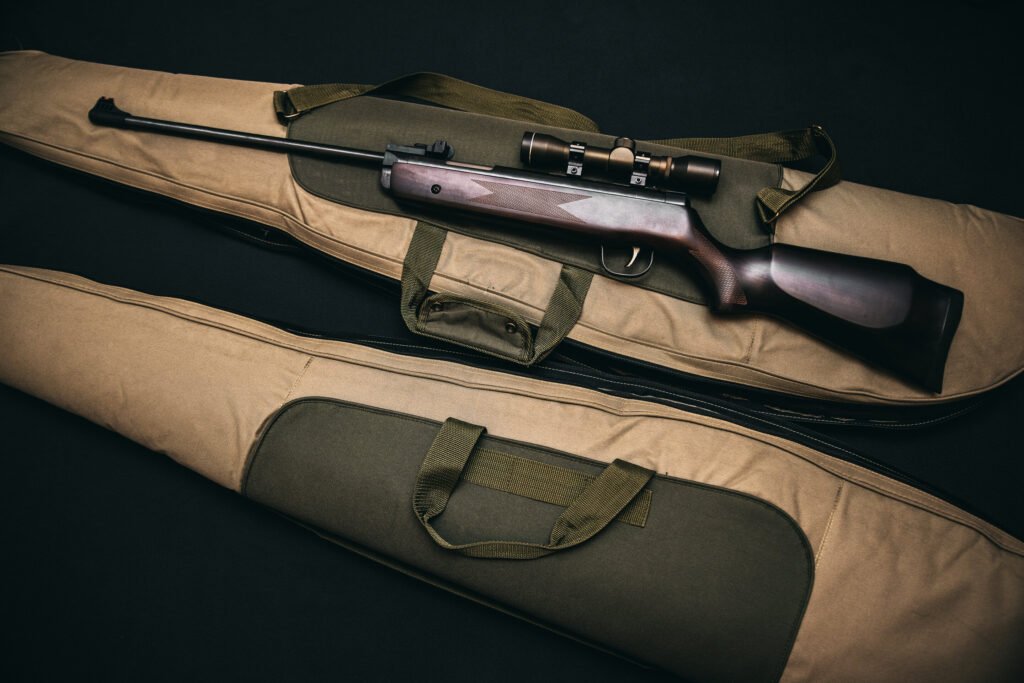The commencement of deer hunting season in the United States brings with it an increase in firearm incidents, both related to hunting activities and unrelated incidents like violent crimes and suicides, according to a recent study published in The BMJ.
While it is expected that hunting-related incidents would rise during this time, the study also found a notable increase in non-hunting-related firearm incidents. This suggests that the availability of firearms during hunting season may have a broader impact on firearm incidents beyond just hunting activities.
The findings highlight the importance of promoting firearm safety at the beginning of hunting season to help mitigate both hunting and non-hunting-related firearm incidents. With the correlation between increased gun ownership and higher rates of firearm injuries, homicides, and suicides in the US, understanding the effects of firearm availability is crucial.
The study focused on 10 states with high hunting activity, including Alabama, Indiana, Michigan, Minnesota, Missouri, New York, Ohio, Pennsylvania, Texas, and Wisconsin. By analyzing data from the Gun Violence Archive, researchers compared rates of firearm incidents during the opening of deer hunting season to control periods before and after the season opening from 2016 to 2019.
The results showed a 12% relative increase in the overall rate of firearm incidents during the hunting season opening compared to control periods. While hunting incidents saw a significant 566% increase, there were also notable increases in non-hunting-related incidents such as suicides (11%), incidents involving alcohol or other substances (88%), domestic violence (27%), defensive use (28%), and home invasions or robberies (30%).
The researchers caution that the observational nature of the study means that no definitive conclusions can be drawn about causality. However, they suggest that the increased availability of firearms during hunting season may lower barriers for firearm use in suicide attempts or violent crimes, and could lead to heightened interest in firearms among non-hunters.
Further research is needed to establish the precise causal pathways between firearm availability and incidents during hunting season. Nonetheless, the researchers recommend implementing risk reduction strategies during hunting season to address firearm injuries related to hunting, violent crimes, and suicides.
For more information, the study titled “Firearm availability and firearm incidents: quasi-experimental analysis using start of US hunting seasons” can be found in The BMJ. Additional details are available at DOI: 10.1136/bmj-2024-082324.
This research was provided by the British Medical Journal. For more research articles, visit http://www.bmj.com/channels/research.dtl.


